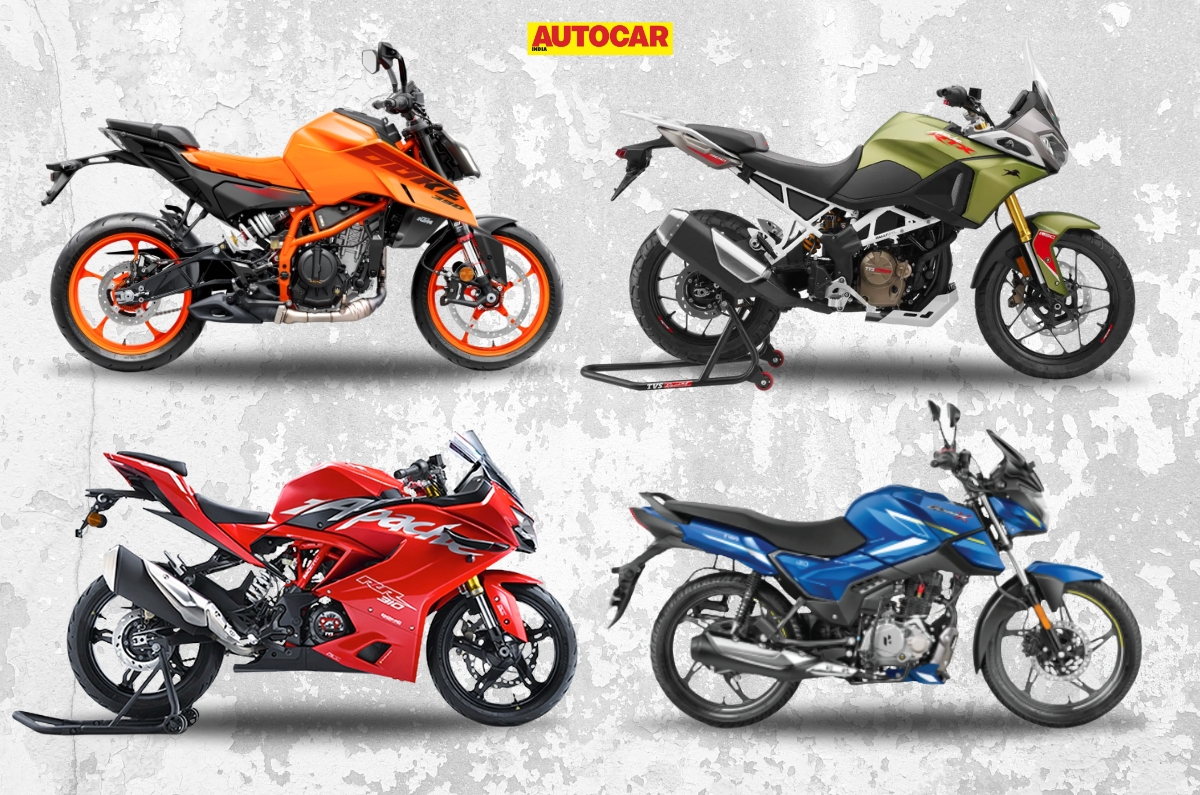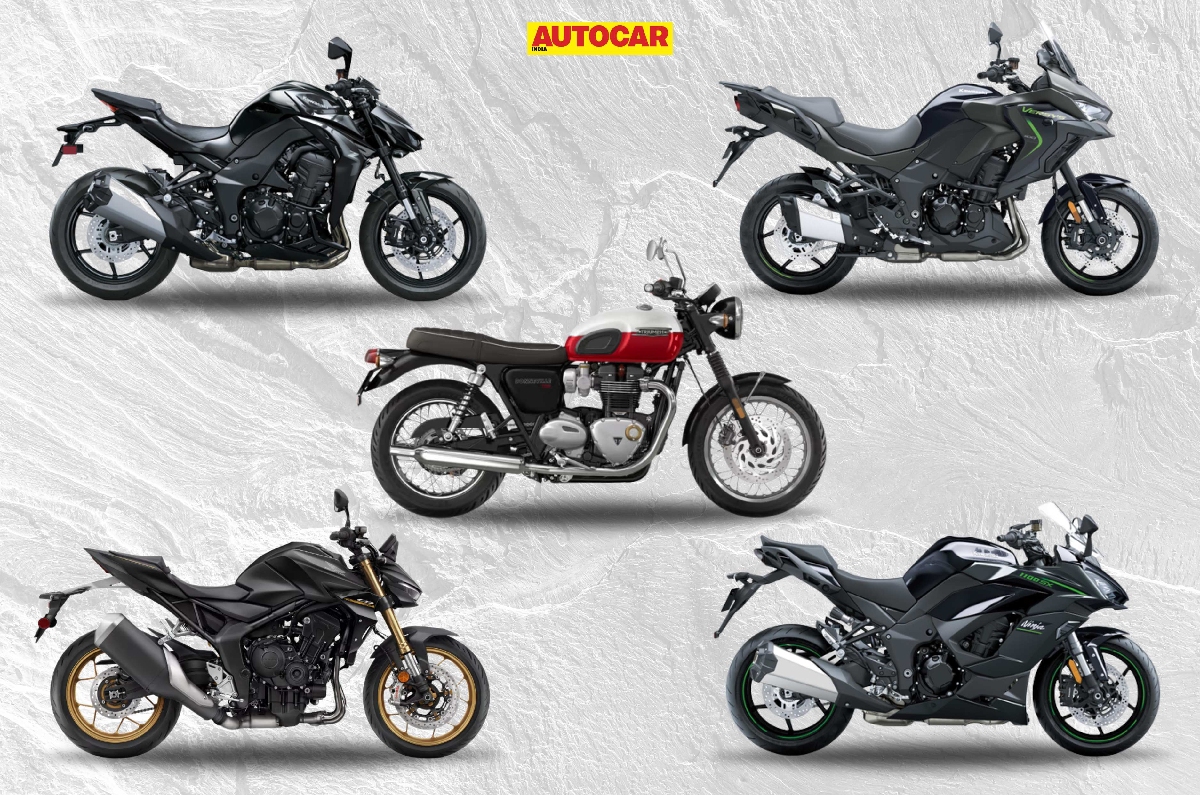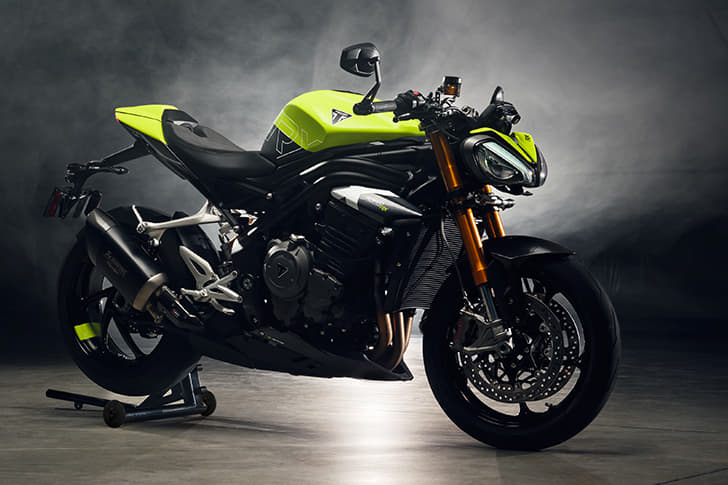A good education, as my dear aunt – who’s an educator herself – would frequently remind me, comes down to the calibre of the teacher. The syllabus taught never really changes, and no matter how you swing it, two plus two always equals four. But the difference comes in how the lesson is taught. You’re either taught this with an intention to make you understand or you’re told to stop asking stupid questions and accept that’s just how things are. Alright perhaps, the trauma of my dealings with mathematics in my younger days is tempering my tone just a little, here but the truth is, I probably hated the subject because I wasn’t taught it very well.
But life itself is one long, glorious learning process; and no matter the skill in question, it takes years to reach the top, or anywhere close. There are no exceptions to this rule. Happily, though, there are a number of ways to safely speed-up the process and in the joyous world of motorcycles, riding schools are the best way to do so. Among the many riding schools out there, the California Superbike School is highly regarded as one of the best there is.
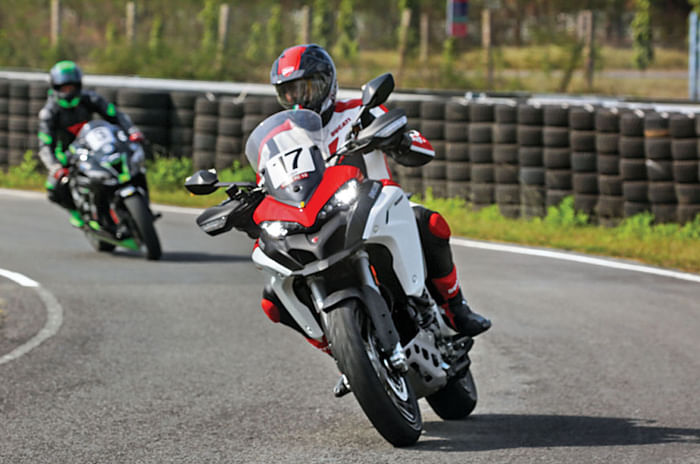
You’ve probably heard about CSS, by now – the school has been coming to India once a year, since 2010. However, I only got to experience it last year. The lessons were so eye-opening and the information provided so vast, I left with big improvements but also an uncertainty about whether I’d fully grasped all that was taught. So, when the opportunity to attend this year’s session came up, I simply couldn’t say no.
With less to process this time around, I had a freer mind to focus on what I felt were my issues on the bike. I also had the capacity to analyse what it is that makes this school so good and surprise, surprise – it doesn’t come down to what they teach you so much as how they teach it.
We motorcyclists all tend to make the same mistakes. Over the years, legendary riding guru and CSS founder Keith Code distilled this information down and came up with a set of solutions. These have since been taught to all forms of students – from casual enthusiasts to semi-professional riders like myself and full-time racers at the top of their game. But simply finding out you what you should and shouldn’t do on the bike isn’t that hard any more thanks to the internet. The difference here is how the coaches find your problems and help you solve them.
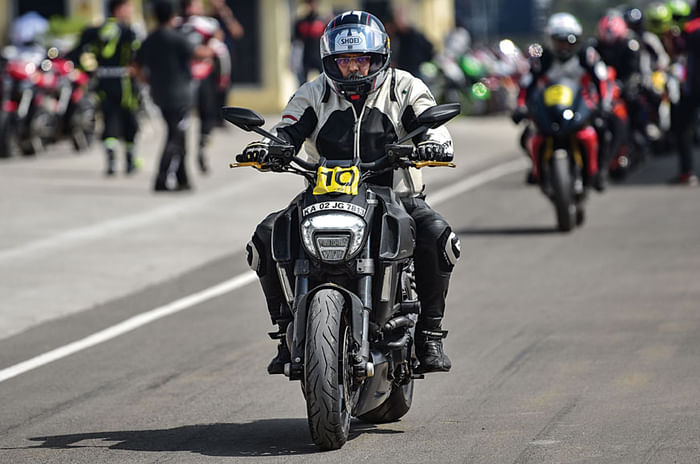
A read of the interview below will reveal just how hard it is to be accepted as a coach at CSS, as well as how intensive and extensive the training programme is – and the results show. The coaches are out riding all day long, keeping an eagle eye on the students, spotting mistakes you have no idea that you’re making and finding the necessary fixes.
Every student has their own set of problems, for example, my height is an issue on the smaller motorcycles we tend to ride. My coach Martin Plunkett diagnosed that the toe of my boot on
the outer peg rested at a wrong angle, which resulted in me not being able to properly lock onto the bike with my outer leg. This meant I was clenching the handlebars too tightly. All of this was resulting in unnecessary fatigue, which I complained about in an earlier session.
Martin identified this by riding behind me for just a handful of corners, before going on to follow his other students to identify their issues and help them with personalised solutions. Mind you, there are such five riding sessions per day where we practise the different lessons taught in the classroom, and three different batches of students. That means all the on-track coaches like Martin are doing this fifteen times a day for three days straight. It’s nothing short of incredible.
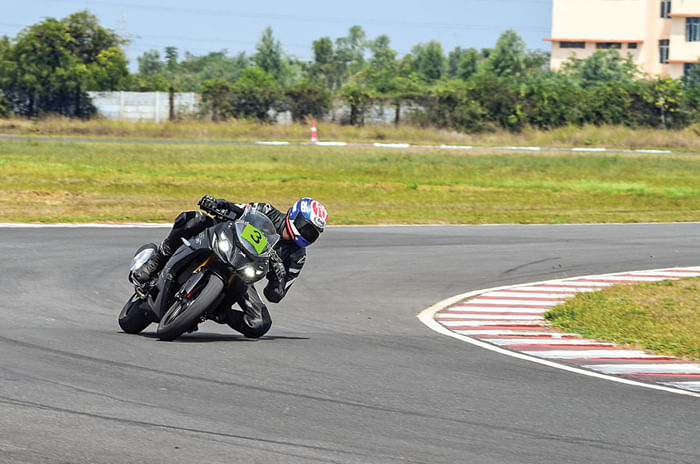
The above example is just one of the many such revelations I had on the race track during my three days at CSS. Of course, the coaches can only help you understand what mistakes you’re making and identify the solutions. Finding the time and space to safely practise these lessons and making them an instinctive part of your riding is up to you. However, it’s only when you experience the school for yourself that you truly understand and appreciate how intricately thought-out and refined the coaching system really is. It is the result of decades of meticulous study and deep analysis. This near obsession to constantly push the boundaries is what makes the CSS truly world class.
Q&A GARY ADSHEAD - SEMINARIST AND CHIEF RIDING COACH, EUROPE

What does it take to be a CSS coach?
Well, first of all, to be a coach you have to be a good student. There are two ways into the coaching program. If your coach thinks that you are a good student, you understand the technology and are a good communicator, you could be invited to the tryout. But we do also get quite a few people who ask to see if they can try out to become a coach. The door is open for anybody who’s done the school.
So you don’t have to be a current/ex-racer?
No. Sometimes not having been a racer is a benefit because most of our students are road riders anyway.
Is it one of the most difficult exams to pass?
(Laughs) In the UK, it takes about one year to train a coach to be allowed to be let loose with students. The training starts with an interview where the potential coach spends a day at the school, not going to school so much as listening to the coaches interact with the students, observing technique on the track, and revisiting the classroom lessons. From there, we have what we call the grilling, but it’s really a job interview to test their understanding of the information and their communication skills. The success rate is about one coach out of 25 applicants or four percent. So, the bar is set very high and you get only one chance to pass it.
We hear there’s homework...
In the non-riding winter months in the UK, coaches get some written work done because all the coaches have homework; even I get homework. It involves reading the coach manual and doing exam sheets on the contents of the manual. The seminars are changing, so, therefore, I have to present the modified or updated seminars and I have to video my seminars to make sure that Keith (CSS founder) knows I’m doing them properly. It’s a constant process.
Tell us about the manual.
It’s a set of guidelines as to how the coach can deal with specific things, procedures to be adopted and that sort of thing. It depends on your level of coaching; it gets thicker the higher you get. It’s about that thick (gestures the thickness of a good-sized dictionary).
How many years have you been doing this for?
It’s been 17 years now. Once you become a coach, the training really starts. There are levels within the coaching programme, based on your experience, dealing with students, the types of students we get, covering all the jobs we do, like course control, being able to handle difficult students, fast students and the like.
How many levels exactly?
There are four levels of coaching. There are three levels within the coaching programme itself that relate purely to on-track coaching. And about the levels at school, you progress through the coaching levels and each level builds on the other. The fourth coaching level is for those who do the classroom stuff and the seminars. To become a fourth-level coach is by invitation only, and your understanding and ability to deliver the information in the classroom is monitored and checked by Keith himself, nobody else.
How many years does it take to reach Level 4?
It depends. At the minute, there are probably about five, maybe six Level 4 coaches in the world.
Between riding skills and communication skills, which is more important?
Communication skills. It’s communication skills that really set the school apart from everywhere else. You can get the information taught here on DVDs, on the internet, in books, on all sorts of media. It’s how we communicate, work with the students and get them to understand that sets us apart.
After 17 years, do you still think you’re improving?
Yeah, absolutely.
Who teaches you?
Any of the coaches, it doesn’t matter. All the coaches are receptive to input from the other coaches and if a Level 1 coach sees something in my technique that needs to change then I’m more than happy to accept that advice because what the rider perceives they’re doing isn’t always what’s actually happening and sometimes it can take an outside observer to notice that.
How do you coach top racers? Aren’t they faster than you?
Yes, in a lot of cases they are. But again, we can impart the information. Just because someone races, doesn’t mean they won’t have the same problems as someone who’s recently passed their riding test. All riders have the same difficulties, just on different levels. We can give the information and then the rider takes that and applies it to their particular set of circumstances. If you’re working with someone who’s a Grand Prix racer or maybe Moto3, as you rightly pointed out, there’s no way the coach can keep up. But we can go to a particular turn and see what’s happening to the rider. Even just talking to the rider helps – trying to understand where they think it’s working really well and where it’s not, and trying to diagnose and fix the issue. And that’s exactly what we do with all the students.
Has the syllabus changed over time? Because the bikes have...
The bikes have changed, but the riders haven’t. The syllabus has improved and is being changed all the time. Keith’s always looking at new things and researching things. So, yeah, the coach training has changed and the text has evolved as time goes on.
But it still takes a lot of knowledge to ride these bikes fast.
Oh, it does. You’ve got a lot of things that don’t change. In terms of electronics, they’re there to help the rider and there are quite a few riders these days who rely on the electronics to mask a particular fault in their technique or help them recover it. There’s a place for them, but (chuckles) they’re not the be all and end all.
You won’t be riding with the Indian trainee coaches as often. Is that a challenge?
Yeah, it is. One of the things we’ve been able to do this week is spend some time in the down period between Monday and Thursday, between the two weekends of school. We’ve been getting them up to speed, showing them how to interact with students, showing them clips of students making mistakes and how to identify them. We have them reading the manual and doing various drilling techniques from the manual.
We intend to keep in contact with them so we can keep up the training process. They’ve still got all the written work to do in the manuals. I think we’re likely to come back sometime around September and spend some more time with them on track, getting them up to speed and recap everything we’ve done. So, hopefully, they’ll be ready to ride and work with their own students next year.
How do you find the riding talent here?
Motorcyclists are the same the world over. What you see with the Indian riders are exactly the same mistakes that UK riders make. They may not have had the motorcycles until recently, but with the skills we give them, they can ride any motorcycle. Particularly over here, because the cost makes it a leisure industry and it’s an expensive hobby. And if you don’t get off your motorcycle with a smile on your face, you’ve got to ask yourself what you’re doing with one in the first place. If we can teach them to enjoy their bikes and get more out of them, then that’s it – we’ve done our job.












